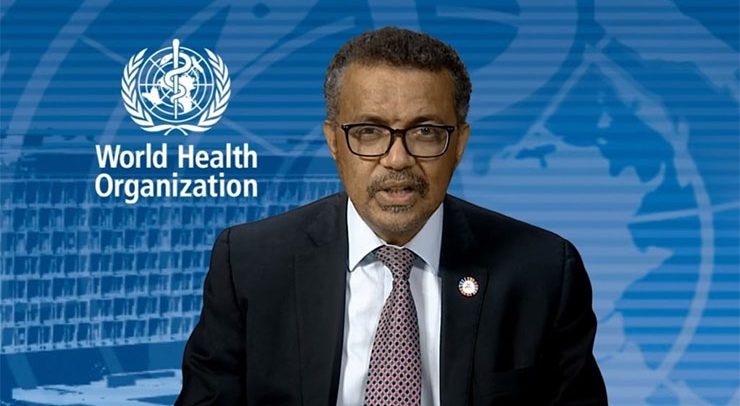World Health Organisation (WHO) has changed the global guidelines for treating children with tuberculosis (TB).
This was after the WHO reviewed results of the University College London (UCL) led ‘SHINE’ study which showed that the treatment duration for the majority of children with drug sensitive tuberculosis can be shortened from six to four months.
The WHO Guidelines Development Group, after the review recommended in August 2021 that in children and adolescents with non-severe, presumed drug susceptible TB, a four-month regimen should be used rather than the standard six-month regimen.
Important considerations about how to determine eligibility for the shorter treatment regimen will be described in WHO’s full consolidated guidelines coming out in March 2022 and in the operational handbook.
A study led by the University College London (UCL) clearly showed that treatment for four months using the same standard medicines was as beneficial as a six-month treatment course for children with minimal TB, regardless of the age group, country or HIV status, with few and similar side effects in both groups.
It is the first randomised control trial to assess whether children with ‘minimal’ TB could be effectively treated with a shorter course of treatment and was undertaken by researchers from the UK Medical Research Council (MRC) Clinical Trials Unit at UCL with partners in South Africa, Uganda, Zambia and India.
The trial involved 1,204 children aged from two months up to 16 years with non-severe TB, who were divided randomly into two groups to take either four or six months of treatment with anti-TB medicines.
Out of the enrolled children, 11% were living with HIV. All children were followed for 18 months after enrolment to see whether their treatment had been successful.
Principal Investigator, Professor Diana Gibb said, “a shorter treatment for children with non-severe TB allows savings on average $17 (£12) per child, which can be used to improve the screening coverage and find the missing children with TB.”
First author, Dr. Anna Turkova said, “people think that a child with TB must be very sick – that’s not true. It is known that two-thirds of children who fall ill with TB every year have non-severe TB and therefore could be treated with shorter treatment.”
By Jamila Akweley Okertchiri

